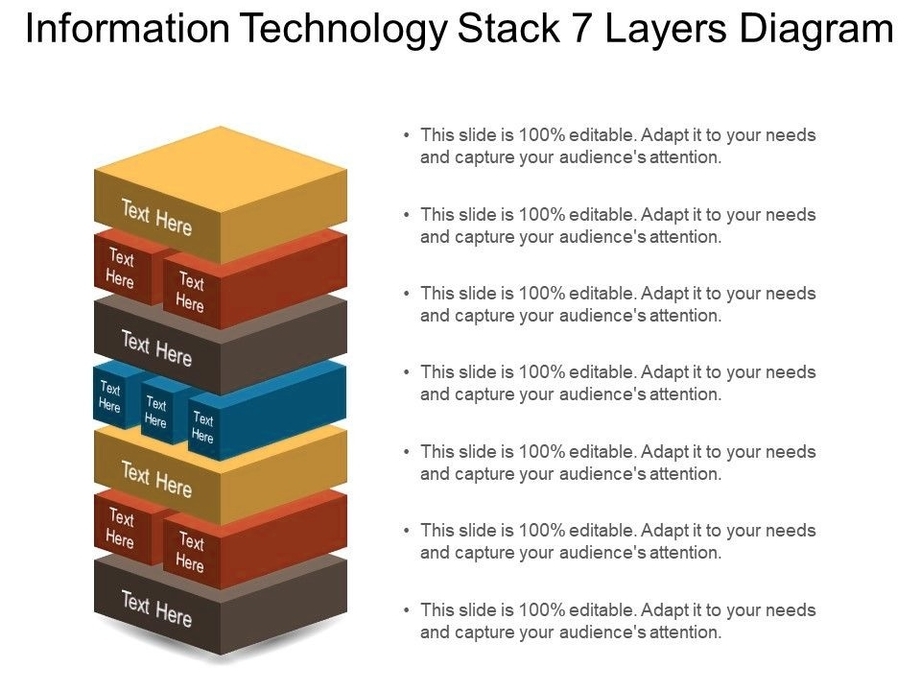
Technology Stack: A technology stack is a combination of software tools, frameworks, and technologies used to build and run applications. It includes front-end and back-end components, databases, and infrastructure, providing a comprehensive environment for development and deployment.
